A recent client of mine landed a high-paying job after being out of work for 8 months.
They had tried everything a typical job seeker would do—asking friends for resume advice, Googling tips, using ChatGPT, and more. Yet, after 8 months of effort, they were still without interviews. Fortunately, they were referred to me by another client.
In just over two months (about 71 days), we went from 0 interviews to:
• 6 recruiter screens
• 3 technical interviews
• 2 final interviews
• 1 job offer
Their situation isn’t unique. Many clients come to Careersy seeking advice and coaching in similar circumstances.
So, I want to share what we did and how they turned things around.
The steps I’ll outline should help you if you find yourself in a similar situation.
Let’s dive in.
We Identified 3 Main Problems:
1. An ineffective resume
2. Inadequate LinkedIn usage and presence
3. Poor interview performance
Step 1: Redo the Resume
Their resume simply wasn’t working, and I knew why. They were using titles that were confusing, their bullet points were weak and vague, and the overall structure lacked readability and focus. This is more common than you might think.
During our first session, I explained why their resume wasn’t effective and how it could be improved. I provided access to Careersy resume templates and emphasized the importance of tailoring the resume to the roles they were targeting.
For example, instead of using an internal title like “Level 3 Associate Product Owner,” which might make sense within their organization but is meaningless to others, we opted for a more universally recognized title like “Product Manager.” The responsibilities were the same, but the title needed to be clear and relevant to potential employers.
We then targeted the work experience section. Here’s an example of a transformation:
- Before: “Mentored team member/s to take on the role of a Scrum master.”
- After: “Led the recruitment, training, mentorship, and management of a team of three product specialists; Collaborated with development teams to implement Agile-Scrum workflows, enhancing team collaboration and efficiency.”
We used 3 to 4 job descriptions from LinkedIn and Seek, all within the same job family (Product Manager), to align the resume correctly and highlight the right experiences.
To make the resume even more compelling, we added key contributions that would catch any recruiter’s eye:
- “Accelerated customer KYC verification processes by 10x, handling 40,000 requests per day with 98% accuracy, significantly improving customer onboarding and verification speed.”
- “Led a cross-functional collaboration with Risk and AI teams to design and pilot AI/ML models, reducing promotion abuse and account takeovers (ATOs), enhancing system security and user trust.”
- “Conceptualized and launched a Chatbot MVP, effectively detecting user issues and automating ticket response suggestions, improving response times and customer satisfaction.”
Step 2: Go From Undiscovered to Discovered on LinkedIn
Initially, they weren’t using LinkedIn much—maybe just to search for jobs. But that was it. There was no effort in networking or content generation.
I explained that LinkedIn is like a digital resume and a powerful tool to attract the right recruiters. It’s also your first impression online, making it crucial to have a current and polished profile.
We updated their LinkedIn profile using the same principles applied to their resume. This included revising the header, about section, work experience, and even updating their profile picture and banner to create a stronger first impression (their previous image was slightly blurry with no banner).
It was essential to strategically incorporate the right keywords throughout their LinkedIn profile to ensure recruiters searching for Product Managers could easily find them.
I told them to start posting more. They were against the idea at first, I told them that the best and easiest way to start posting more is to repost things they find interesting, ideally in the product management space. This will generate more views on their profile and showcase a recruiter that they are on top of all things product management.
If you’re interested in learning more about optimizing LinkedIn, here’s a step-by-step guide.
I also coached them on how to find and connect with hiring managers in a smart, approachable way. This strategy allowed them to secure 2 additional interviews directly after implementation, one of which was with TikTok.
Step 3: Improve Interview Performance to Maximize Chances
Passing interviews is challenging, especially after being out of work for 8 months. My client’s confidence had taken a hit due to their unsuccessful job hunt. However, by focusing on their past meaningful work and providing them with 10 different tools to answer both behavioral and technical questions, we were able to rebuild their confidence.
Interview training is all about recognizing your strengths and areas for improvement. We did 2 hours of mock interview training, simulating different scenarios with recruiters, hiring managers, and technical interviewers.
Initially, they would either miss the question entirely or answer with a lot of unrelated context, omitting critical details like who was involved, what challenges they faced, or what impact they made.
Going through these scenarios with immediate feedback helped them understand what they were doing wrong and how to improve. I always record each coaching session for clients to review later. Watching yourself—even though it can be uncomfortable—is a powerful learning tool.
Final Thoughts
There’s no silver bullet for landing a job, but if you follow these three steps, double down on your strengths, and stay focused on improvement, you’ll significantly increase your chances of securing more interviews and potential job offers in less time.

